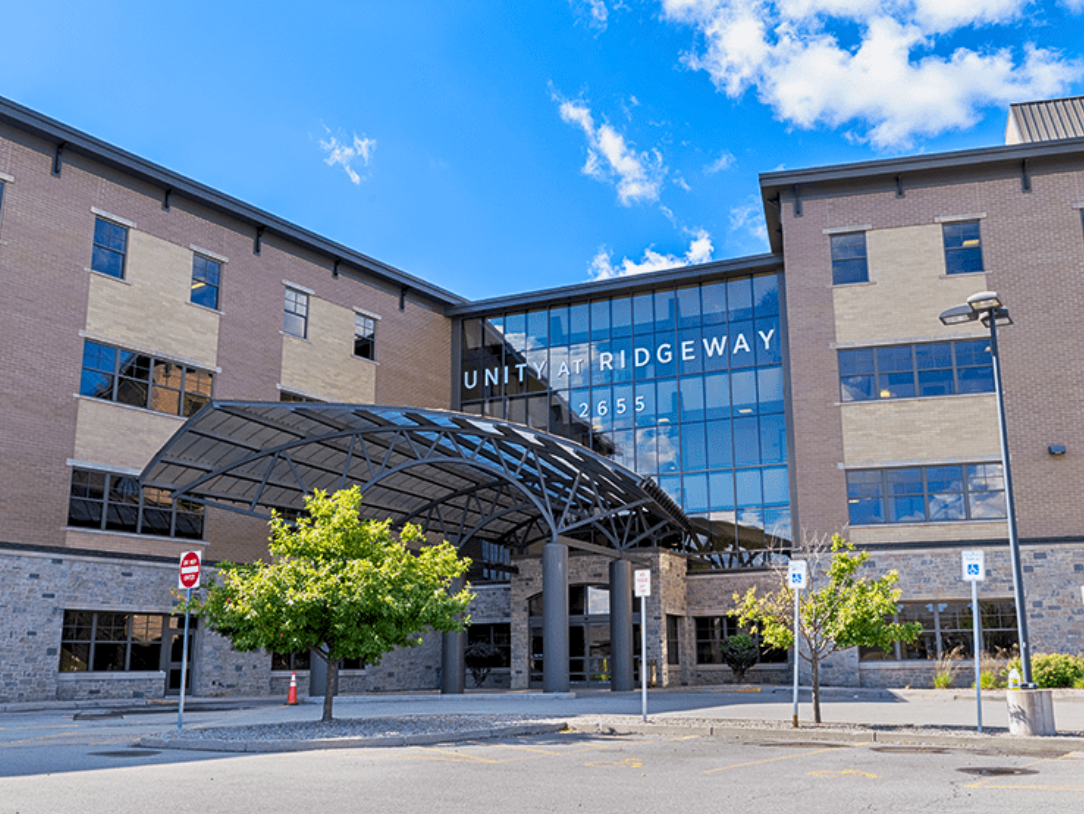Central London’s Office Market on the Rebound
The office sector in Europe's major metropolitan cities did not escape the ravages of the global economic crisis, but for Central London, a turnaround is afoot.
April 5, 2010
By Barbra Murray, Contributing Editor
The office sector in Europe’s major metropolitan cities did not escape the ravages of the global economic crisis, but for Central London, a turnaround is afoot. The market absorbed 3.1 million square feet of office space during the first quarter, marking a year-over-year increase of a whopping 330 percent, as per new statistics released by real state services firm Cushman & Wakefield.
Central London’s key office market–the West End, City and Docklands–were buoyed by tenants capitalizing on the opportunity to relocate to higher quality office space at more reasonable rents. In both the City and Docklands submarkets, the average vacancy rate in the first quarter was 7.7 percent, a notable decline from the 8.25 percent rate in the fourth quarter of 2009.
However, as more businesses upgrade their digs, the competition for Central London’s slowly diminishing pool of premier office space has grown more heated, thereby bringing to a halt that decline in rental rates that initially inspired so many tenants to relocate.
In the City, rents at Class A properties reached £50 per-square-foot, climbing back up to fourth quarter 2008 rates. And in the West End, prices rose as the financial sector stepped up its pursuit of high-quality space in the submarket’s expensive Mayfair and St. James’s districts, which experienced a 6 percent quarter-over-quarter jump in rental rates from £75 per-square-foot to £80 per-square-foot.
The cost of space is expected to grow even further this year, as the professional services sector leads the spike in viewing levels, with the financial services and media sectors not far behind.
According to Cushman & Wakefield, given the improving statistics, the need for new construction may very well be in Central London’s not-too distant future; quite a contrast to what’s going on in most leading American cities. Because of a period of over-development in many major metropolitan areas in the U.S. a few years ago, real estate companies that have the cash or the ability to secure financing in the still frosty lending climate are hardly rushing to erect new office buildings–with build-to-suits being the exception.
But the situation in Central London is a bit different. Noting that Central London absorbed 3.1 million square feet in the first quarter–a staggering 330 percent jump from the first quarter of 2009–Cushman & Wakefield asserts that, “the best start to a year since 1998 could now encourage developers to push ahead with the development of new landmark office buildings.”
Despite the positive numbers for the first three months of 2010, Cushman & Wakefield does not anticipate a miraculous return to the days of fantastically low vacancy rates and skyrocketing rental rates anytime soon, but the firm does expect Central London’s office market to continue to improve to a certain degree.
“Whilst one shouldn’t read too much into one quarter’s figures, there is no doubt that the underlying market feels much more positive than at the end of the year with increased levels of activity,” George Roberts, head of London occupiers at Cushman & Wakefield, said in a prepared statement. “We are seeing a greater willingness from occupiers to actively consider longer term plans, however such plans continue to be very much centered around opportunities to relocate stemming from breaks and expires rather than out of a need to accommodate increased head count.”








You must be logged in to post a comment.